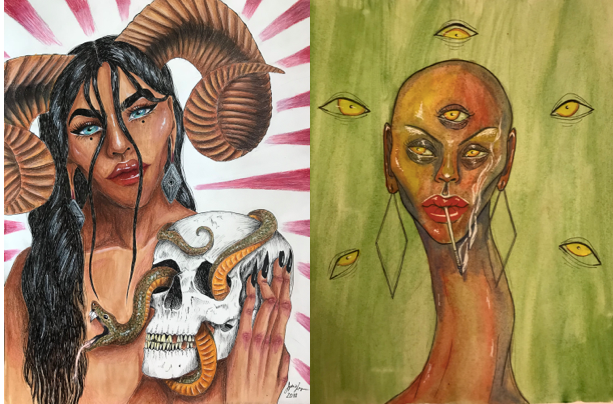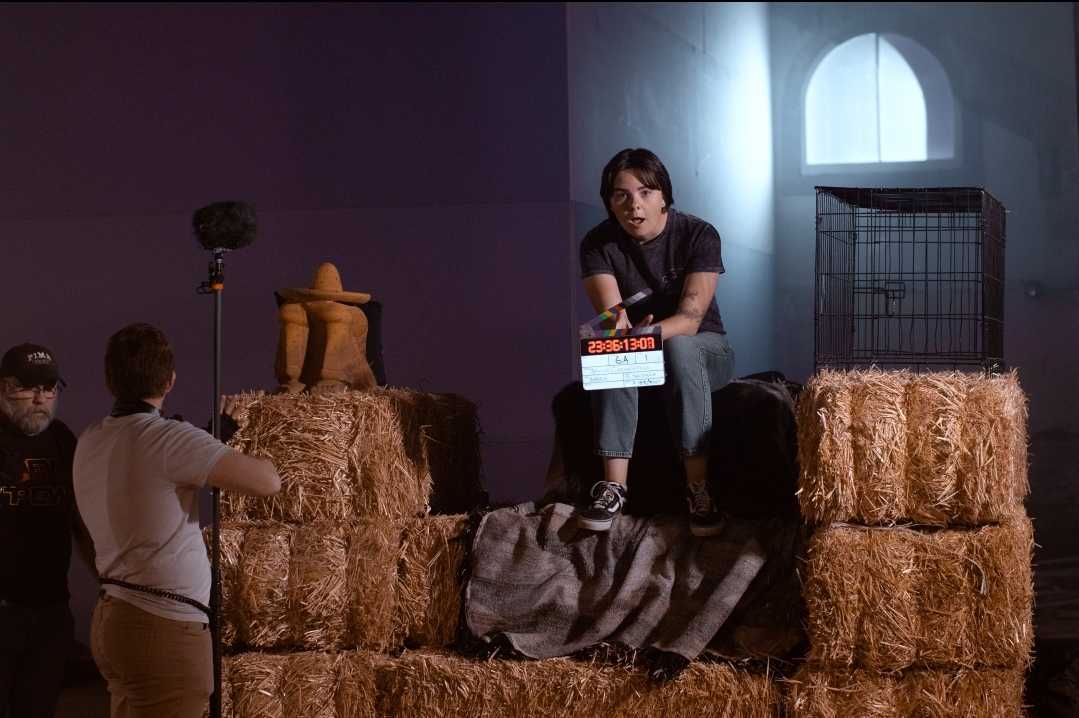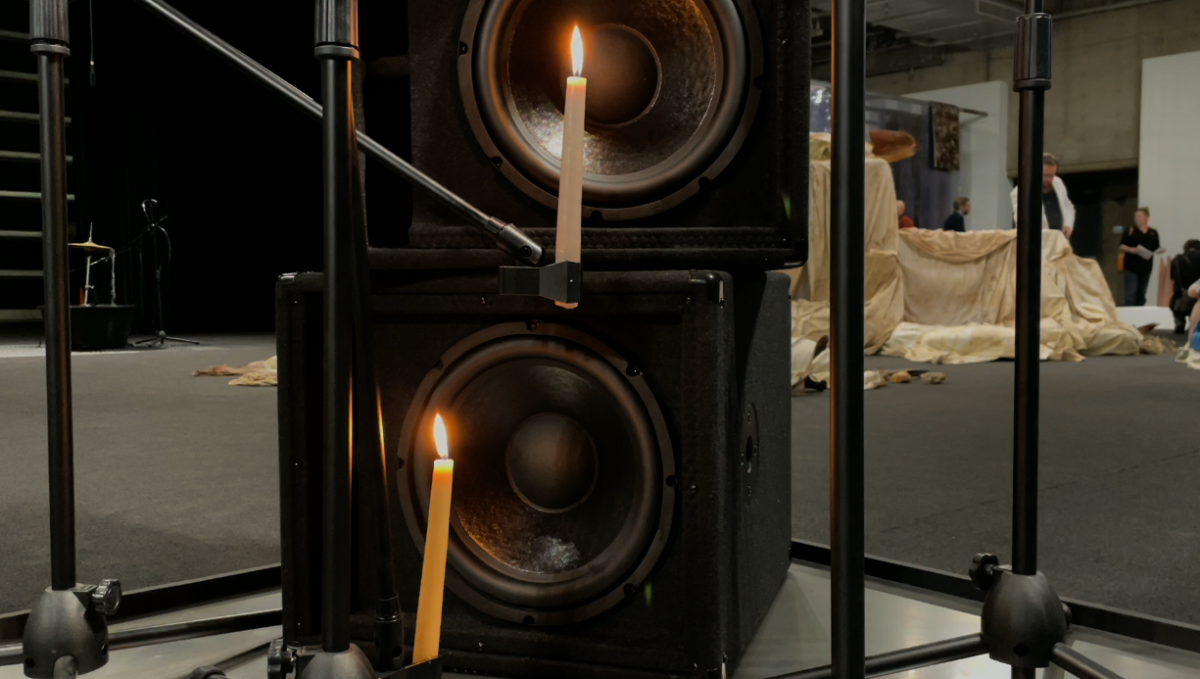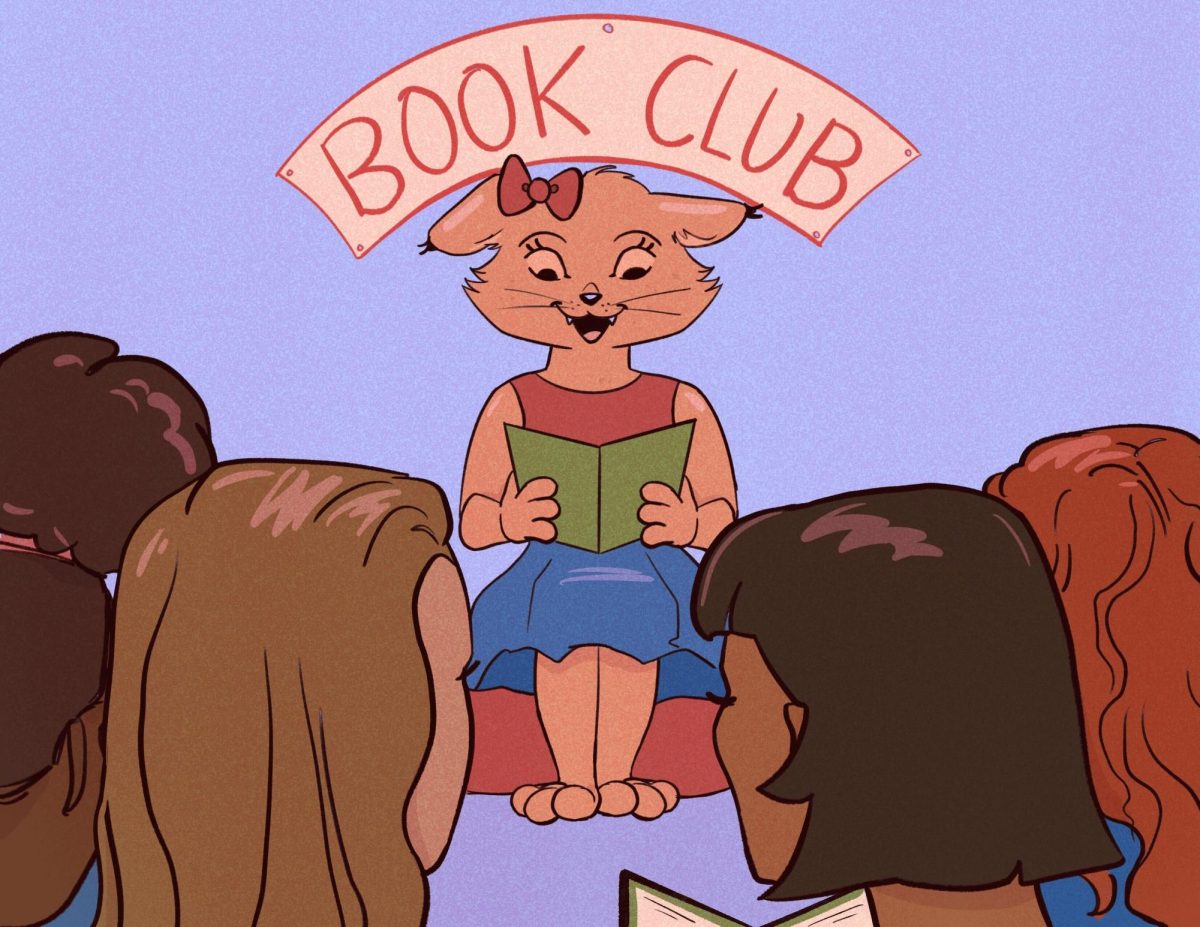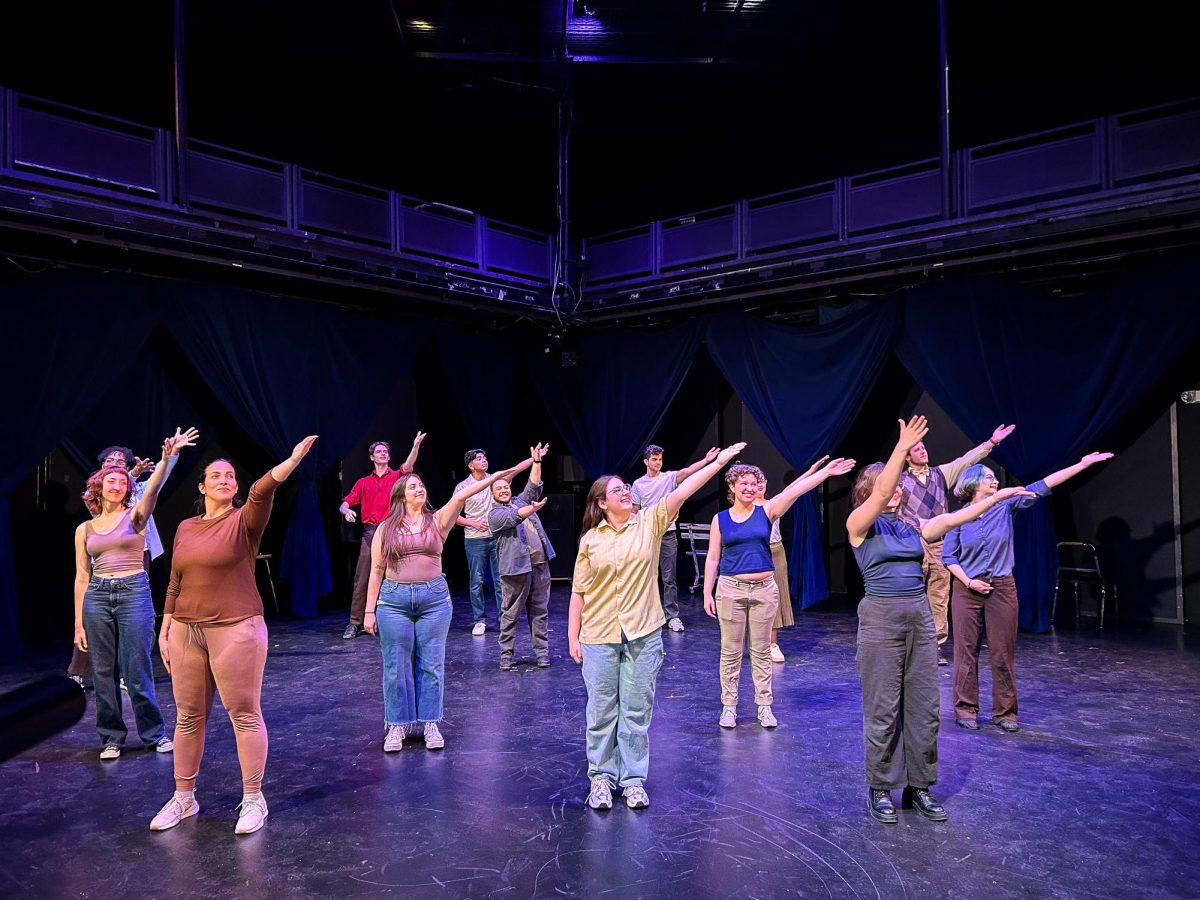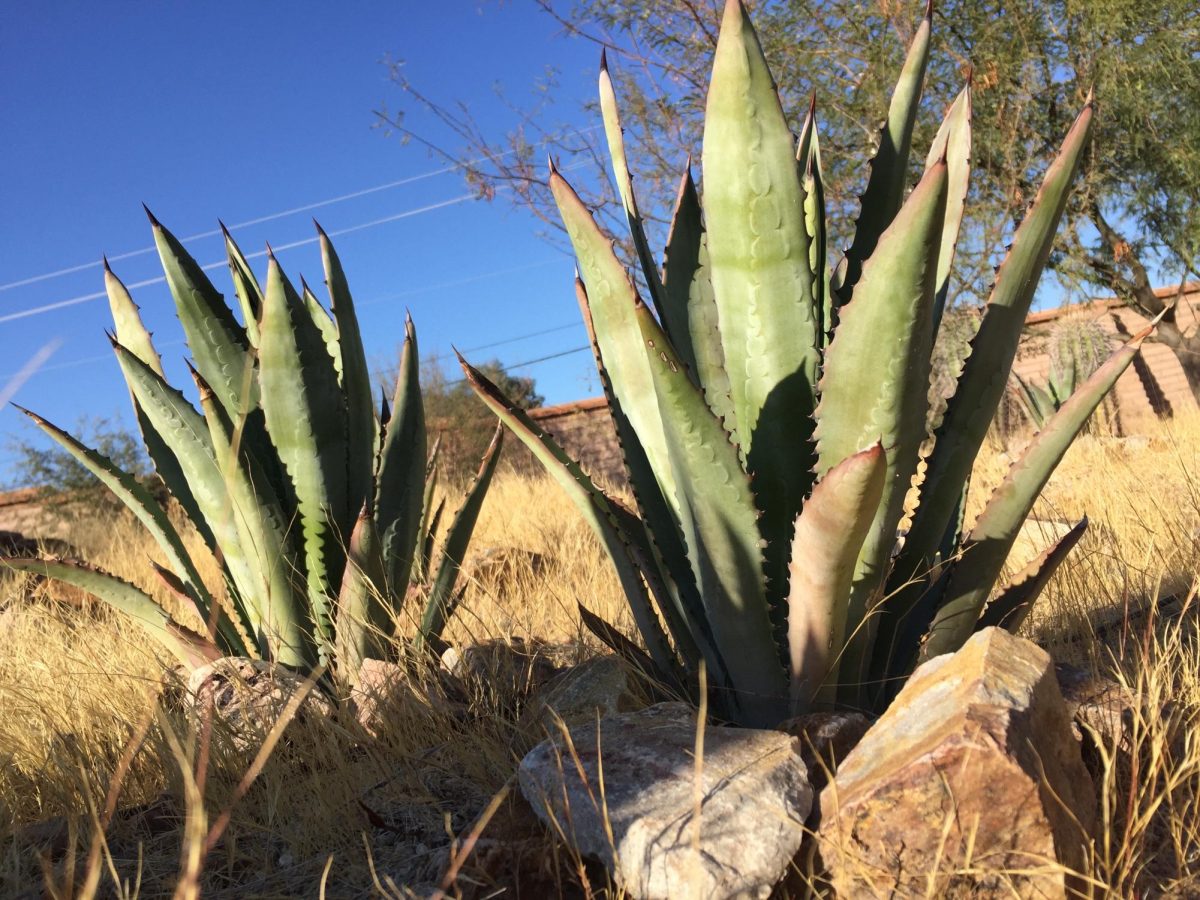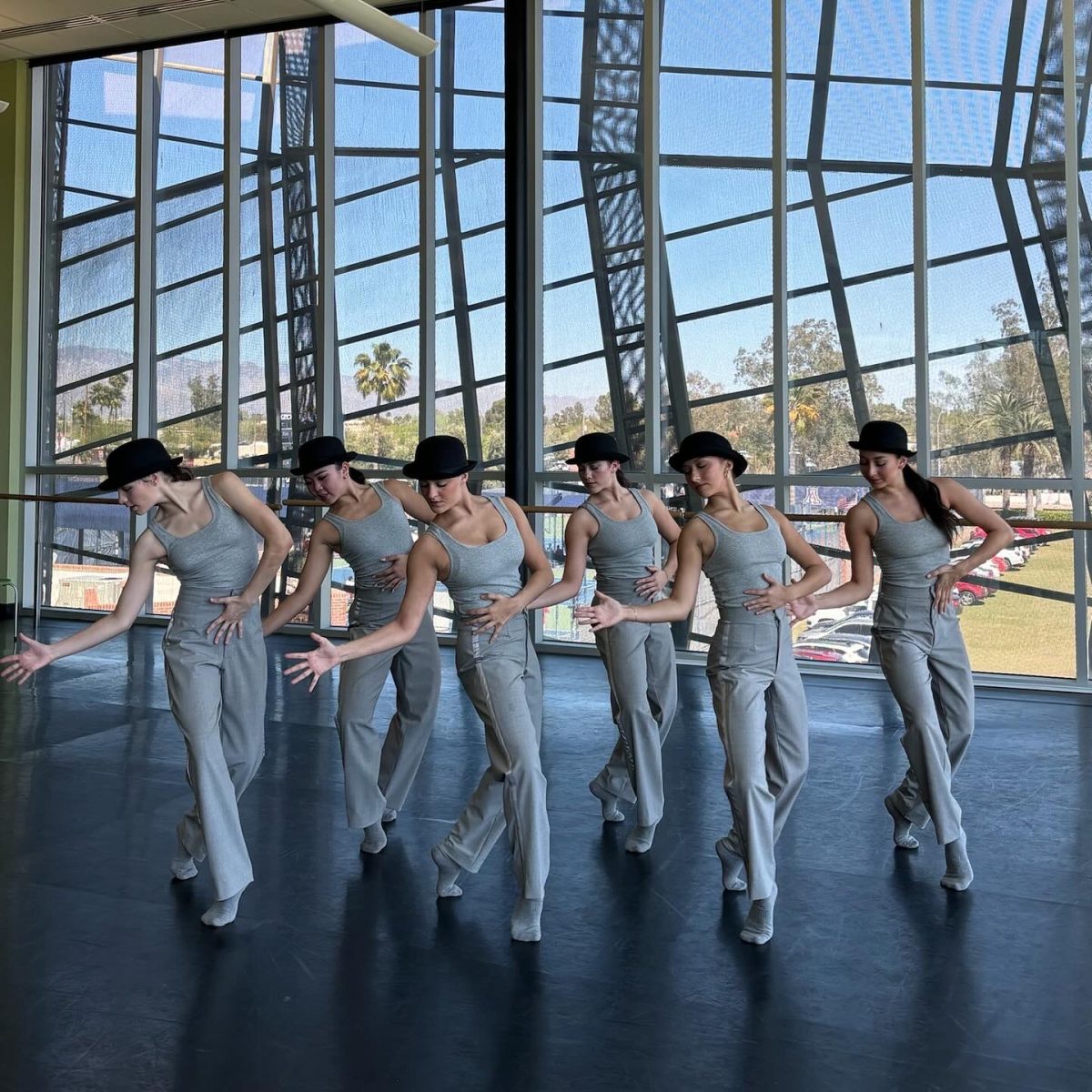Last year alone, 227 lives were lost crossing Arizona’s southern border, according to the Arizona OpenGIS Initiative for Deceased Migrants. For University High School student Ruby Velez, complacency in the face of this brutal reality was unacceptable.
“Geographically, [Tucson is] right in the middle of the crisis at the border,” Velez said. “This insane violation of human rights is happening right where we are.”
In response to this crisis, Velez pitched and helped develop a virtual charity print shop at Carnegiea Literary Magazine, a student-led publication for young artists and writers where she is the art and photography editor.
RELATED: The Shared Shelf Book Club encourages vital conversations within the College of Medicine
The online shop opens Friday, Jan. 22, and sells 8-by-11 inch matte prints of selected art pieces. All proceeds go towards No More Deaths, a humanitarian organization that does everything from leaving water in the desert to running legal clinics for immigrants.
Editor and University of Arizona aerospace engineering sophomore Carlton Louie welcomed this project, as it hit particularly close to home. Louie’s parents both sought asylum in the United States.
“The current political climate is something that’s very similar to what my parents and family went through, and it’s very disheartening to see a lack of reaction,” Louie said.
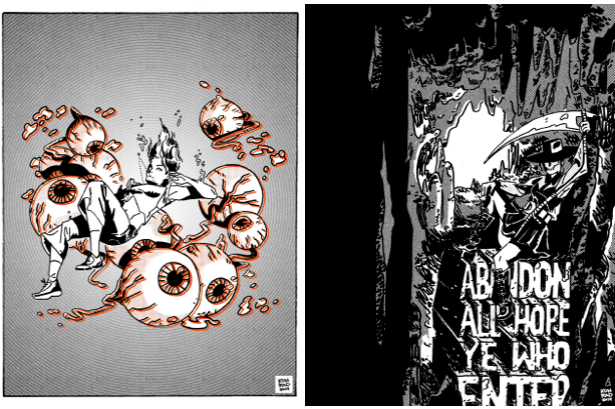
Fellow founder and Editor-in-Chief Sharmila Dey pointed out that, as the epicenter of border issues, Tucsonans have a responsibility to take a stand. Carnegiea’s print shop is an effort to do just that.
“During the last four years, we’ve seen the unveiling of xenophobia in this country,” Dey said. “A lot of what makes Tucson special is its diversity of people. So emphasizing that and protecting that is really important.”
RELATED: UA students use Tik Tok trend to thank their teacher
Among the artists featured in the print shop are Sophia Laing and John Konrad. Laing’s work was a journey in harrowing, almost mythical figures, and Konrad used pen on paper to create sometimes strange, sometimes humorous, bold narratives. Both artists agreed that art is the perfect medium through which to support social change.
For Laing, art, activism and politics have always influenced each other, and she saw the importance of “bringing local artists together to help give back and bring awareness.”
Tucson, according to Konrad, hosts a close-knit art community in which reciprocated experiences are key.
“People look out for each other and create opportunities for each other [in the art community],” Konrad said, adding that these mutual relationships translated easily into activist efforts like Carnegiea’s.
RELATED: OPINION: Stuck in the U.S. for the holidays: A reality for many international students
In the future, Carnegiea Literary Magazine hopes to continue and expand this fundraising project. Featuring more artists and including different charities is on the agenda for later iterations of the print shop, according to Louie. For now, Carnegiea is testing the waters and is hopeful about the results.
“Tucson has a very fraternal spirit,” Louie said. “If you just drive through midtown, you’ll see lawn signs everywhere supporting No More Deaths and other non-profit causes. It feels like in Tucson, if something’s not right, a lot of Tucsonans would band together, and this is basically just the youth representation of that — conveying it through our work and our voice.”
Prints and more information are available on the Carnegiea Literary Magazine’s website.
Follow Gloria Gomez on Twitter



